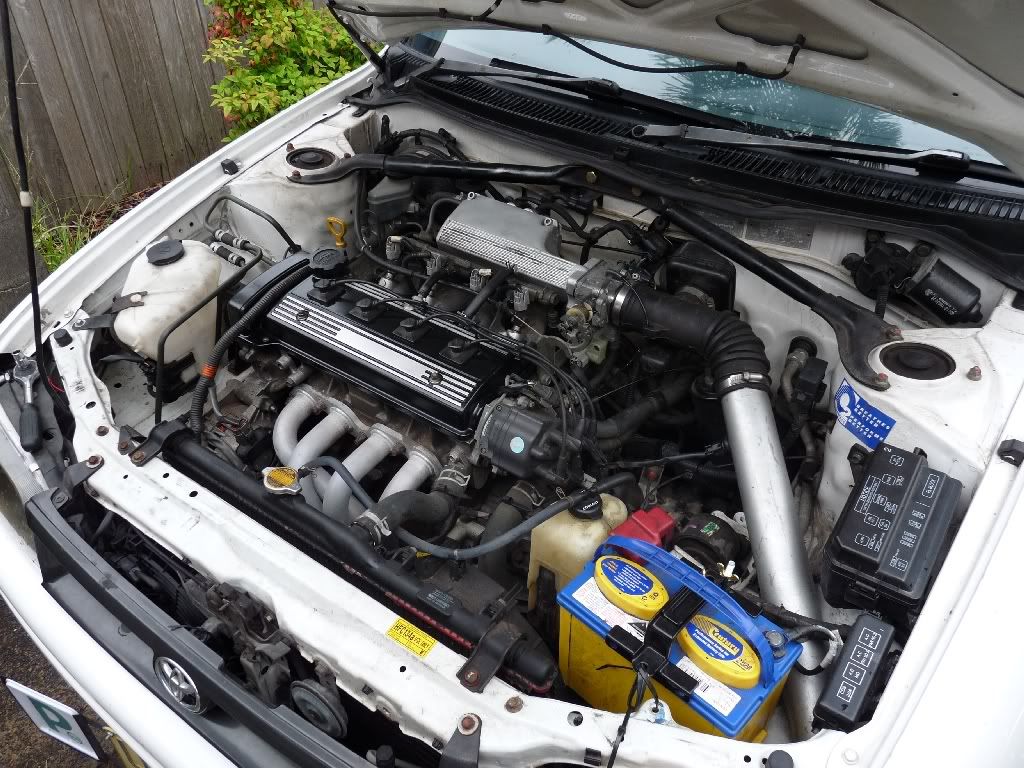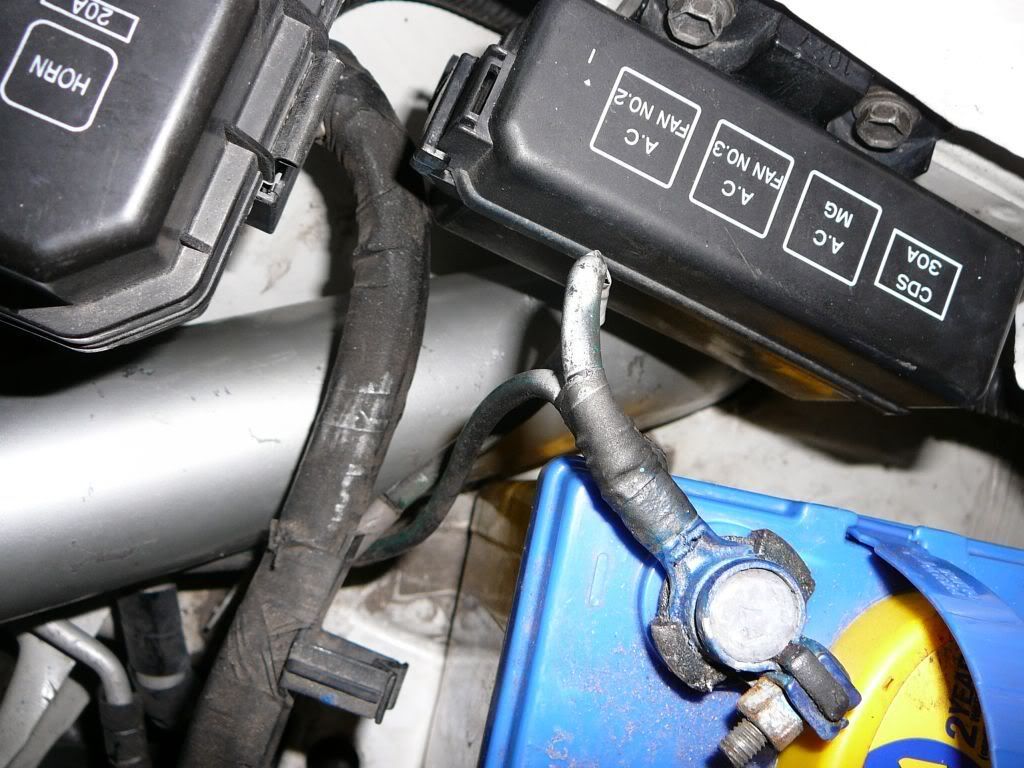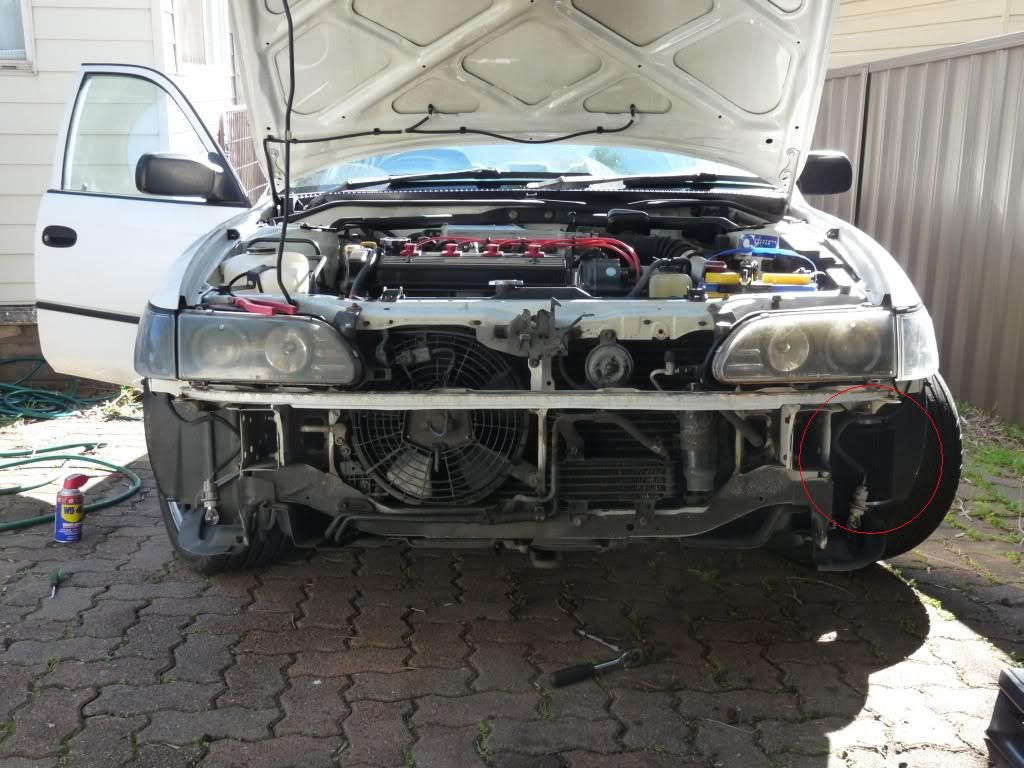i have been reading around on the internet and alot of people go different ways when disputing CAI and SRI
-some say SHORT RAMS INCREASE (but than some say it DECREASES) mpg because its picking up warmer air meaning less fuel will be used. But the downside to this is that hotter air also tends to retard ignition timing and cause engine pinging.
-Lessen car performance.
-Better acceleration
-and some people say that COLD AIR INTAKES DECREASE mpg because the colder air makes the engine use up more fuel. But than some say it INCREASES MPG
-higher top speed
than there are some that say installing either does nothing to your car but make ur wallet lighter.
CAN SOMEONE GIVE ME CORRECT FACTS lol.
which is better for ECONOMY use and which is better for PERFORMANCE.
my head hurts from reading different stories :headbang:
-some say SHORT RAMS INCREASE (but than some say it DECREASES) mpg because its picking up warmer air meaning less fuel will be used. But the downside to this is that hotter air also tends to retard ignition timing and cause engine pinging.
-Lessen car performance.
-Better acceleration
-and some people say that COLD AIR INTAKES DECREASE mpg because the colder air makes the engine use up more fuel. But than some say it INCREASES MPG
-higher top speed
than there are some that say installing either does nothing to your car but make ur wallet lighter.
CAN SOMEONE GIVE ME CORRECT FACTS lol.
which is better for ECONOMY use and which is better for PERFORMANCE.
my head hurts from reading different stories :headbang:










